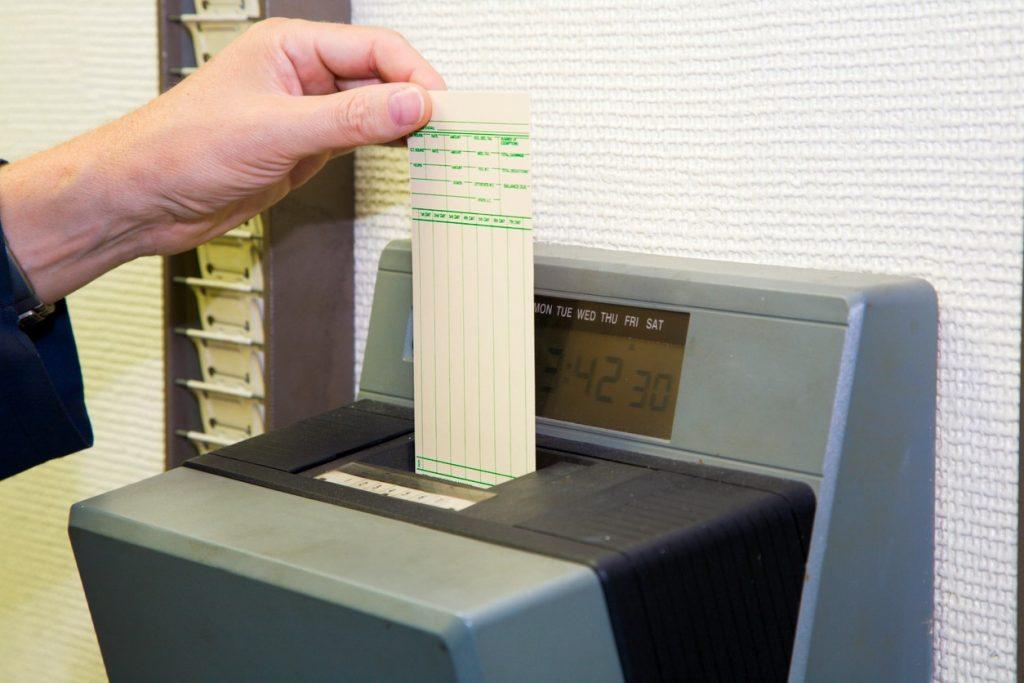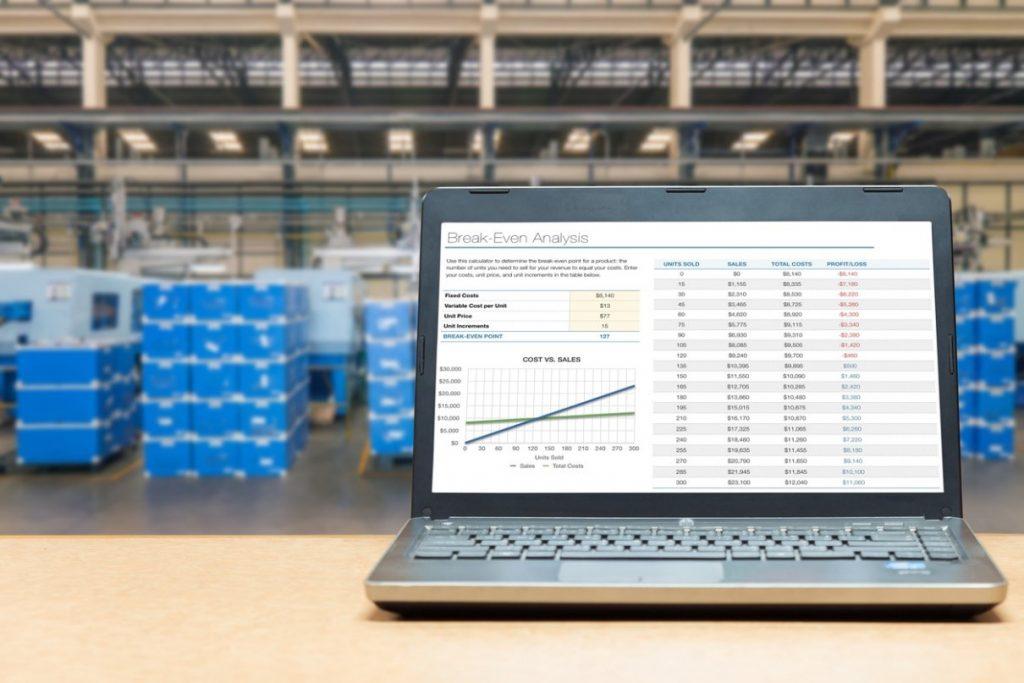The humble beep at the checkout is a reminder of how far we have come in terms of stock control and management. The modern technology we utilise is a true pillar of the modern inventory management system, and even more so of stock control software.
In the earliest days of shop-keeping, we have utilised various ways of tracking our stock from the extremely manual and time-consuming to the now super quick, easy and efficient stock control we use today.
But where did we begin and how did we get to where we are today? What would our life be like without the stock control software we rely on now?

Stock Control In the Beginning
Its safe to say that the pioneers of inventory management were the shopkeepers. They saw an issue which needed addressing to become more streamlined and efficient.
Before the Industrial Revolution, shopkeepers would rely on handwritten notes and basically their gut feeling when it came to keeping control of stock and any orders. This made it extremely difficult to account for what products they had in stock and other issues such as stolen goods. It would take hours, or even days to count their stock.
While the scale of the operations was smaller than they are today, there was still a push to improve efficiency.
The Industrial Revolution
What completely transformed the production process and stock control itself was the Industrial Revolution. This event increased efficiency and mass production, and as businesses grew, so did the need for better stock control and inventory management.
After the Industrial Revolution, the main goal of businesses was to improve efficiency of mass production as well as customer service and experience at the point of sale. Alongside changes in new manufacturing processes, new chemical manufacturing and iron production processes, the development of machine tools and factory systems replaced hand production.
It also changed the cost per item. Pairing lower item costs with a higher standard of living led to an increase in the consumer goods industry. Combining the customer-driven demand with the increase in disposable income, there was an increase in the demand in products.
This meant manual stock control wasn’t going to quite cut it. Then came the punch card.
Punch Card
In 1889, Herman Hollerith invented the first ever punch card which was readable by machines. This invention allowed people to record data in many ways and for different purposes, from checking in and out of work for employees to a more efficient form of stock control.
From Hollerith’s idea, Harvard University was inspired and decided to create the first ever modern check-out system using punch cards in the 1930’s. These punch cards corresponded with catalogued items and was also used for billing as well as to control stock and manage inventory.
Customers would fill out the punch cards and the computer would then read them and send the information to the stock room. The workers in the stock room would them be able to bring the item to the customer. At this time, being able to manage stock in this way was a huge thing!
Believe it or not versions of this are still used today but for more controlled and expensive items such as medication. This version of punch cards did not become too popular because of its high costs and slow lead time.

The Birth of the Barcode
The first ever initial barcode was created in the 1940s and early 50s, however, didn’t make its way to the UK properly until the 70s. The first ever barcode was composed of ultraviolet light sensitive ink and reader. However, technology had not quite caught up with these ambitious ideas and the system was just too bulky and needed to harness more computer power than available at this time.
A better version of the product came on the scene later on when technology had caught up slightly. The modern barcode allowed to track stock and allowed for cheaper and faster scans.
Want to find out more? You can read our previous blog to find out what a world without barcodes would be like.
Stock Control Software Improves Tracking
As we progress into the 80s and 90s, technology developments made tracking and controlling stock even more efficient. The advancement of stock control software and more advanced computer systems made for a big chance. These systems worked in a cycle; from purchasing to tracking and monitoring stock, and back again.
Stock control software made warehouses and stock control rooms much more streamlined and with the decrease in price – much more common.
By this time, stock control and inventory tracking by hand was replaced by scanning products and then inputting all information into computers by hand.
By the early 2000s, the stock control software was even more developed, again with the advancement in technology. This now meant that businesses no longer needed to input data by hand, and barcode scanners could instantly update the databases, making stock control and every other task much easier.

RFID Technology
Radio Frequency Identification was first patented in the 1970s and soon became a great help in factories and warehouses where stock control was vital. It uses a microchip to transmit product information – such as a serial number, manufacturer, or type of product, to a scanner. It could be thought of as an advanced type of barcode.
Scanners are able to read an RFID tag without even being in direct sight which makes it perfect for high shelves in warehouses. Along with mobile technology, efficient barcoding systems and the development in stock control, managing your stock in the 21st century has never been easier.
From the moment you receive your supplies to when the order leaves the premises, you want to keep control of all your stock and manage your inventory. We have a number of stock control software solutions for any size business which can help you control all inventory and be in full control of your processes. If you would like further information on how our software solutions can help your business, simply get in touch with our team.


















